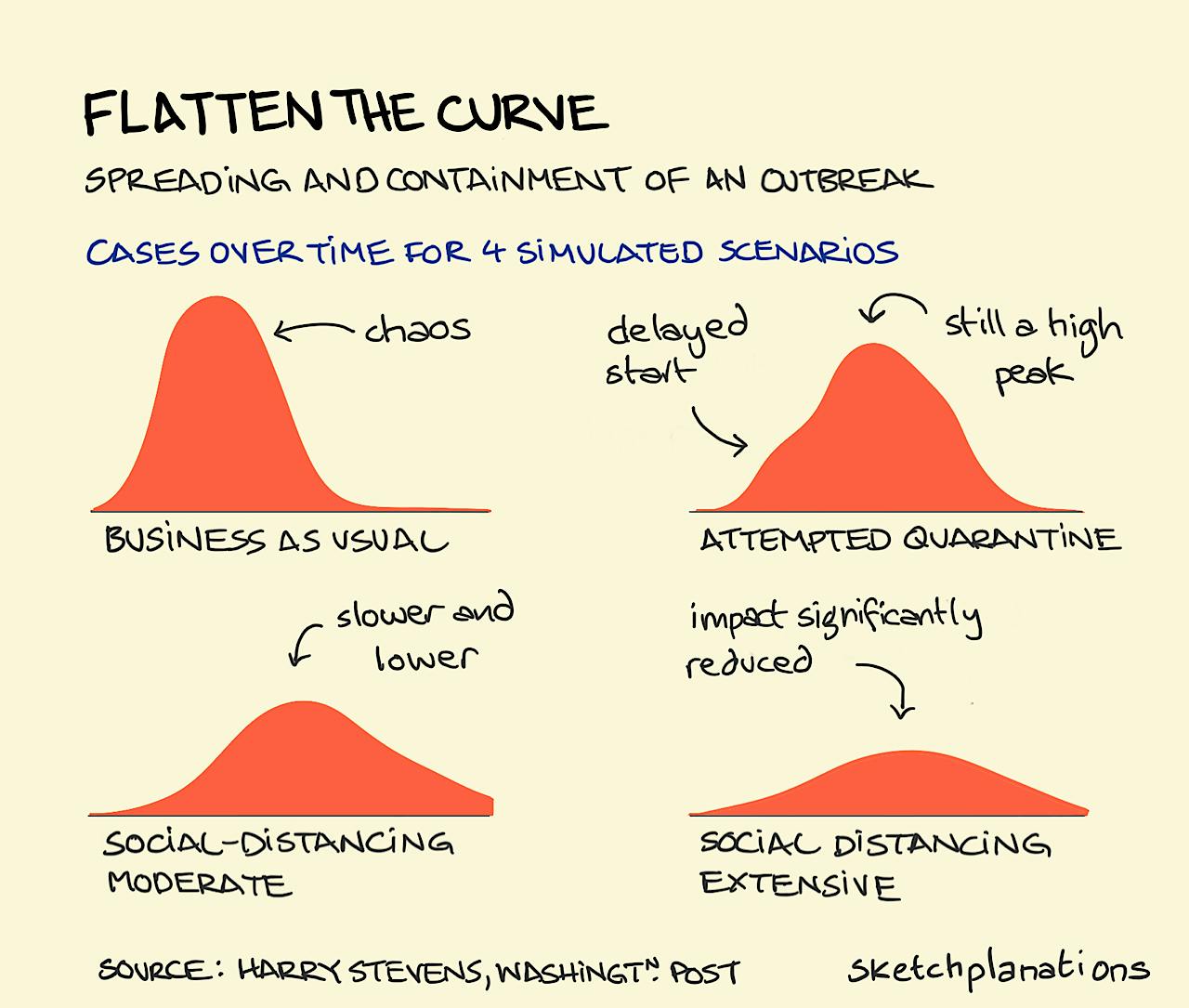
3,500 Lifetime reads
How many books will you read in a lifetime? If you’re a pretty dedicated reader, you may be able to get through one book a week, so roughly 50 books a year. Over 70 years of reading at that pace, you’d read around 3,500 books—counting comfort rereads like Harry Potter for the third time. I only know a few people who actually manage to read like that, so presumably, for most of us, the likely book reads we will manage is much less than that. To put that number in context, your local bookstore has around 30,000 books. So if you were to use your entire life’s reading in that store, you’d still only be a bit over 1/10th of the way through. That’s a lot of books you didn’t even get a chance to start. I won’t deny that 3,500 books is a lot of books, but whatever you do, there will be far more books that you just don’t have time to get to than those you do find time for. So, like for movies, I think it seems wise to be at least a little thoughtful about what books you choose to pick up, and what books you decide to go on to finish. As the author James Joyce said: "Life is too short to read a bad book." P.S. In the course of making this, I learned that in 2010 the Google Books team estimated there were around 130 million books to choose from.…How many books will you read in a lifetime? If you’re a pretty dedicated reader, you may be able to get through one book a week, so roughly 50 books a year. Over 70 years of reading at that pace, you’d read around 3,500 books—counting comfort rereads like Harry Potter for the third time. I only know a few people who actually manage to read like that, so presumably, for most of us, the likely book reads we will manage is much less than that. To put that number in context, your local bookstore has around 30,000 books. So if you were to use your entire life’s reading in that store, you’d still only be a bit over 1/10th of the way through. That’s a lot of books you didn’t even get a chance to start. I won’t deny that 3,500 books is a lot of books, but whatever you do, there will be far more books that you just don’t have time to get to than those you do find time for. So, like for movies, I think it seems wise to be at least a little thoughtful about what books you choose to pick up, and what books you decide to go on to finish. As the author James Joyce said: "Life is too short to read a bad book." P.S. In the course of making this, I learned that in 2010 the Google Books team estimated there were around 130 million books to choose from.WWW…
Read more…





